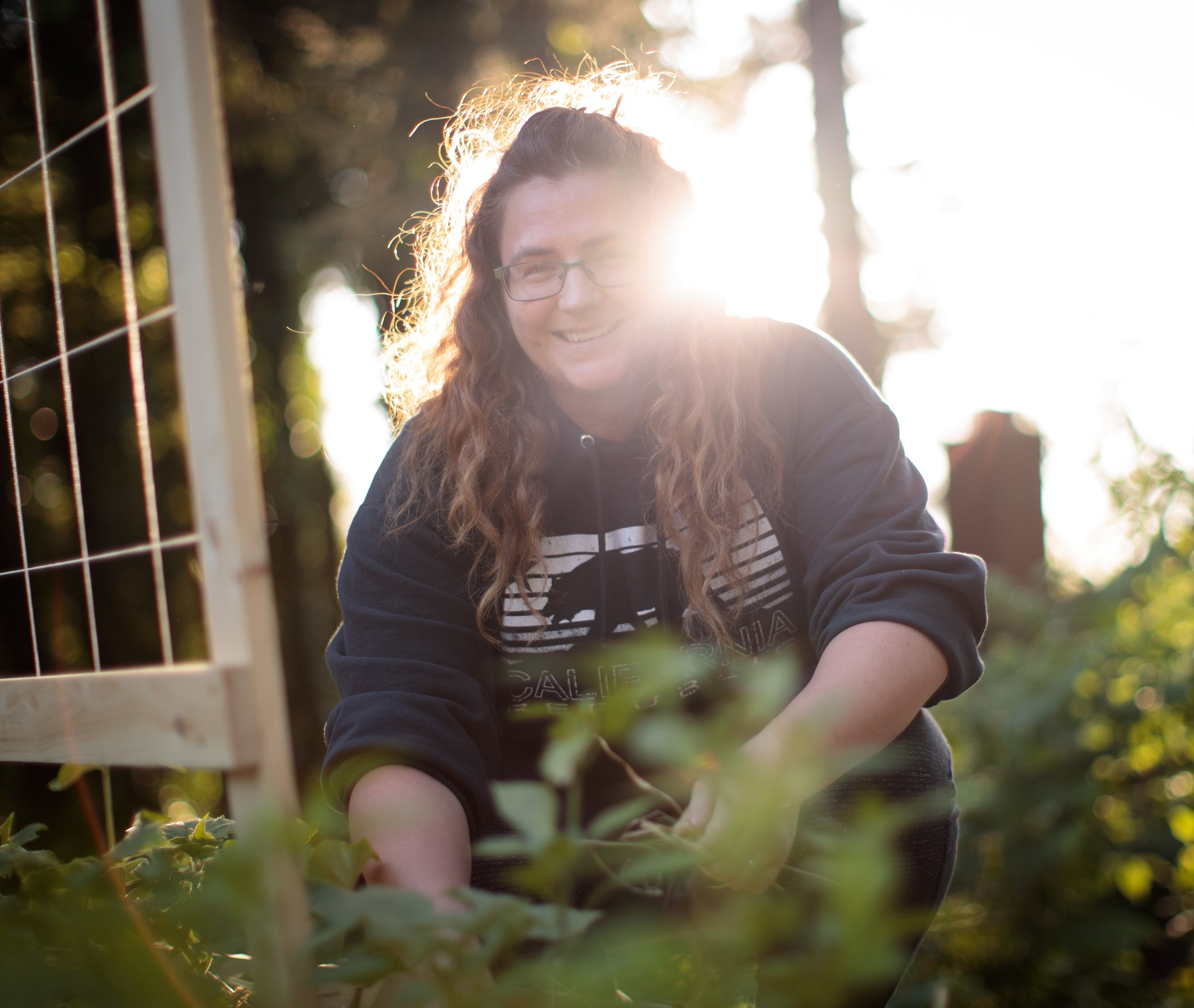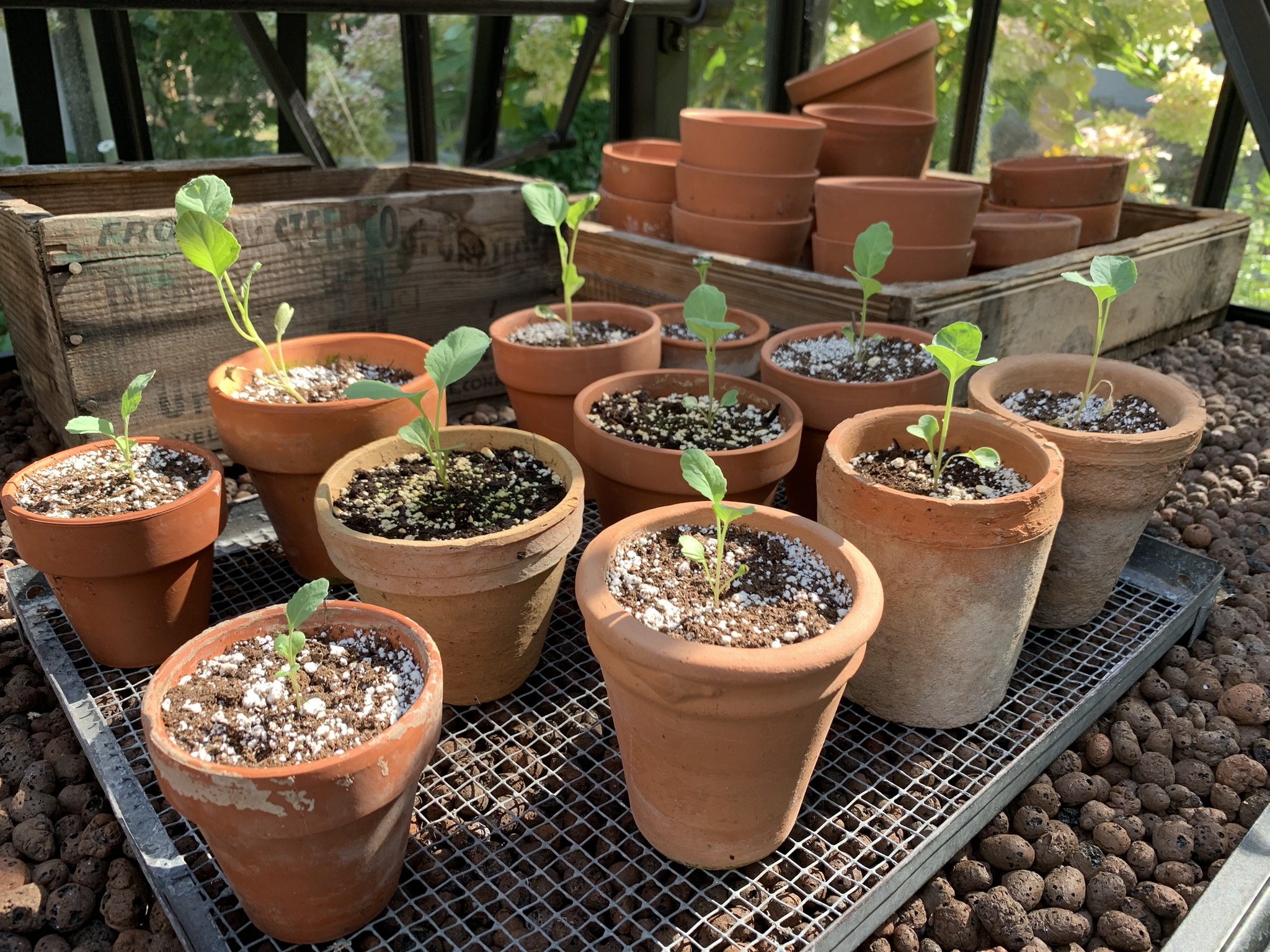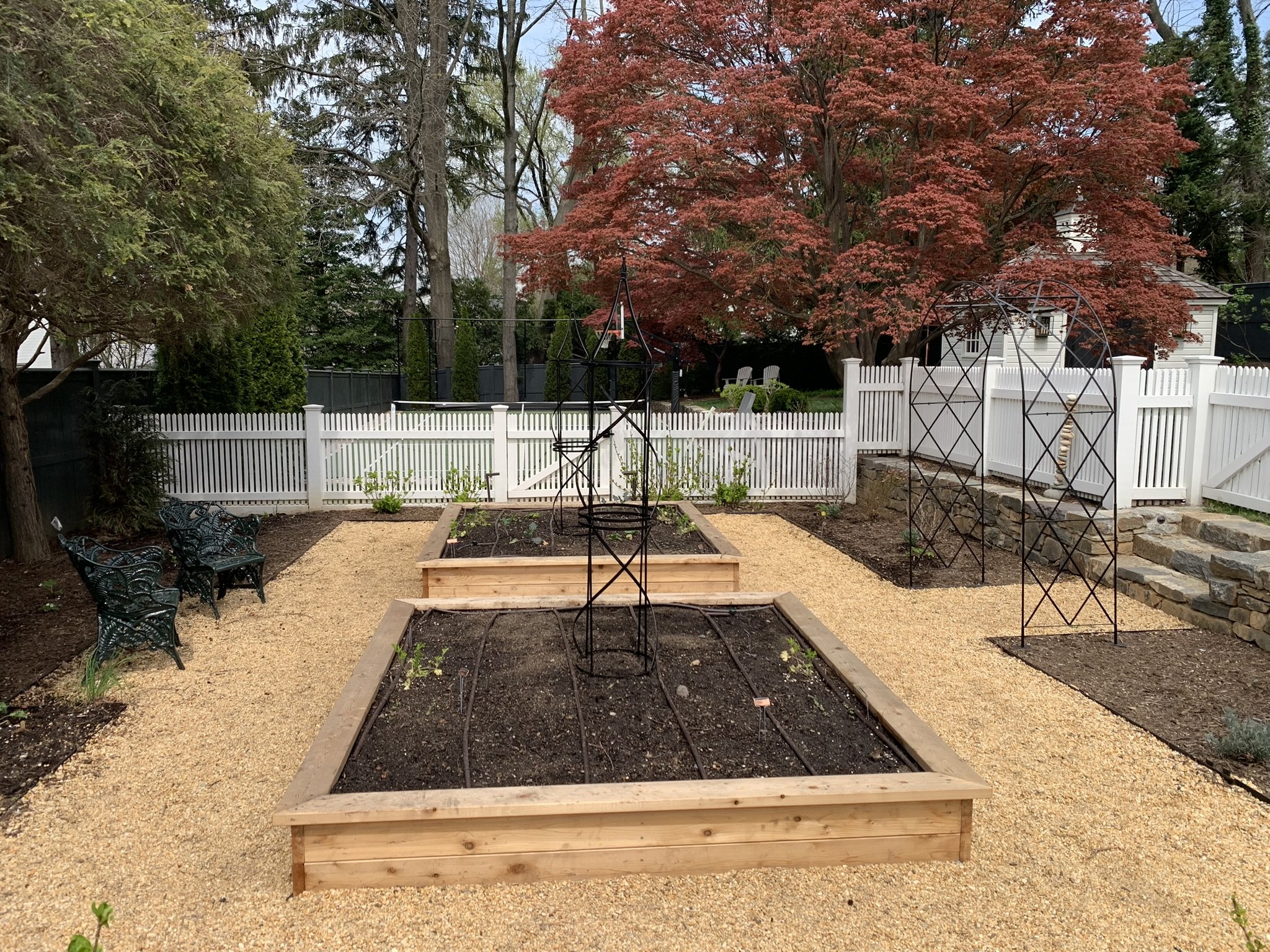5 Reasons to Start Your Garden Early This Year
When I first started offering garden consultations, I never imagined how quickly I’d go from “garden coach” to “lifelong friend.” But that’s the magic of gardening—it’s personal. I’ve laughed with clients over their love for heirloom tomatoes, helped turn tiny backyards into an edible oasis, and even cheered them on when they harvested their first cucumber. Garden coaching is so much more than a business; it’s about creating connections. I’ve seen firsthand that when gardeners have someone in their corner, cheering them on, they’re more likely to succeed. And guess what? Success in the garden often starts with one thing: an early plan.
This year, I want to be that cheerleader in your corner. Let’s set you up for success by starting your garden early! Here are the top five reasons why getting a jump-start on your garden can lead to a happier environment and an abundant harvest.
Soil Prep: Building a Strong Foundation
Healthy soil is the secret to a productive garden, and starting early gives you the time to prepare it properly. Think of your soil as the foundation of your garden—strong, nutrient-rich soil supports strong, healthy plants.You can always begin with a soil test to determine its pH and nutrient levels. This knowledge allows you to amend your soil with exactly what it needs, whether that’s compost, organic matter, or specific minerals. Adding compost now gives it time to break down and integrate with the soil, ensuring your plants have access to vital nutrients when they need them. Starting early allows you to assess the micro ecosystem that you are creating. You can remove weeds to prevent them from competing with your crops, mulch to help with moisture retention and really focus on building your soil for the upcoming season creating a healthier environment for your plants.
Understanding Your Climate: Planting at the Right Time
Every region has its own unique growing conditions, and understanding your local climate is essential to successful gardening. Here in the DMV, your time to start gardening can change depending on whether you are inside the beltway or outside. By starting early, you can create a planting schedule that aligns with your weather and maximizes your growing season.
Begin by researching your area’s average last frost date, which helps you determine when to plant different crops. For example, cold-hardy vegetables like kale, spinach, and peas can be planted before the last frost, while heat-loving plants like tomatoes and peppers need to wait until after it has passed.
What to plant when is one of the biggest hurdles for gardeners. Many times they leave it to the nurseries to tell them what to plant based on the plants they have available to buy. And let me tell you, those nurseries are just out for a buck! You get restricted to April-August plant starts and miss out on spring and fall plantings all together! Understanding your climate ensures that you plant at the right time, giving your crops the best chance to thrive.
The Benefits of Starting Seeds
Starting your garden from seed is one of the most rewarding parts of gardening. Not only is it cost-effective, but it also opens up a world of possibilities that you won’t find at a garden center. Varieties oh my!
When you start seeds at home, you can choose from hundreds of unique varieties, including heirlooms, open pollinated and rare crops. Imagine growing purple carrots or striped tomatoes—these options are often only available as seeds. Starting your own seeds also gives you complete control over the growing environment, allowing you to ensure your plants are healthy and strong from the very beginning.
Another major benefit is the cost savings. A single packet of seeds costs less than a single seedling and can produce dozens of plants. Keep in mind there are some seeds that grow with direct seeding instead of starting inside. You want to make sure you know which season they grow in so that you are seeding them outside at the right time. By starting some cool weather seeds and your long growing hot weather seeds indoors in January or February, you’ll be ready to plant your garden as soon as the weather allows, giving you a significant head start.
Raised Beds: An Early Start Advantage
Raised beds are a gardener’s best friend when it comes to starting early. These elevated structures warm up faster than traditional in-ground gardens, giving you the opportunity to plant sooner in the season.
The soil in raised beds also drains better, which is especially important during the rainy spring months. Well-drained soil reduces the risk of waterlogged roots and promotes healthier plant growth. Additionally, raised beds give you complete control over the soil quality, allowing you to create the ideal environment for your crops and build them into a beautiful thriving ecosystem over time.
Starting early in raised beds means you can take advantage of the extended growing season, planting cool-weather crops like lettuce and radishes earlier than you could in an in-ground garden. The benefits of raised beds go beyond convenience—they help ensure a successful and abundant harvest.
Early Planning Equals a More Enjoyable Garden
One of the most overlooked benefits of starting your garden early is how much more enjoyable the process becomes. Many times people think that winter is the time of rest in the garden, and for many reasons it is. But the gardener ends up planning through winter and there are so many reasons why. When you plan ahead, you can spread out the workload and avoid the stress of last-minute decisions.
Early planning also allows you to be more creative. With time on your side, you can experiment with different layout ideas, explore new companion planting combinations, or research the best varieties for your space. You can focus on your crop rotation and with intensive planting that can get confusing for some. By starting early, you’re not just planting a garden—you’re creating a space that brings joy and abundance all season long.
From Chaos to Confidence: Why Early Consultations Matter
I’ve seen it time and time again: gardeners who start early with a clear plan are the most successful. That’s why consultations are such a valuable tool. During a consultation, we’ll work together to design a garden that fits your space, lifestyle, and goals. This can get you on track for an installation at the tight time to start planting. Or we’ll map out your existing raised beds, select the best crops for your climate, and create a planting plan and calendar that sets you up for success.
What I love most about consultations is the connection we build. It’s not just about designing a garden—it’s about building confidence, sharing knowledge, and cheering you on every step of the way. Whether you’re a beginner or a seasoned pro, having a garden coach in your corner makes all the difference. And I love the stories and relationships that I have developed along the way.
Let’s make 2025 your best gardening year yet! Book a consultation with Homegrown and Harvested today, and together, we’ll create a garden that’s as beautiful as it is bountiful. If you’re not quite ready to commit, no problem—download our free garden planning worksheet to get started. It’s packed with tips and a template to help you get your planting plan started.




